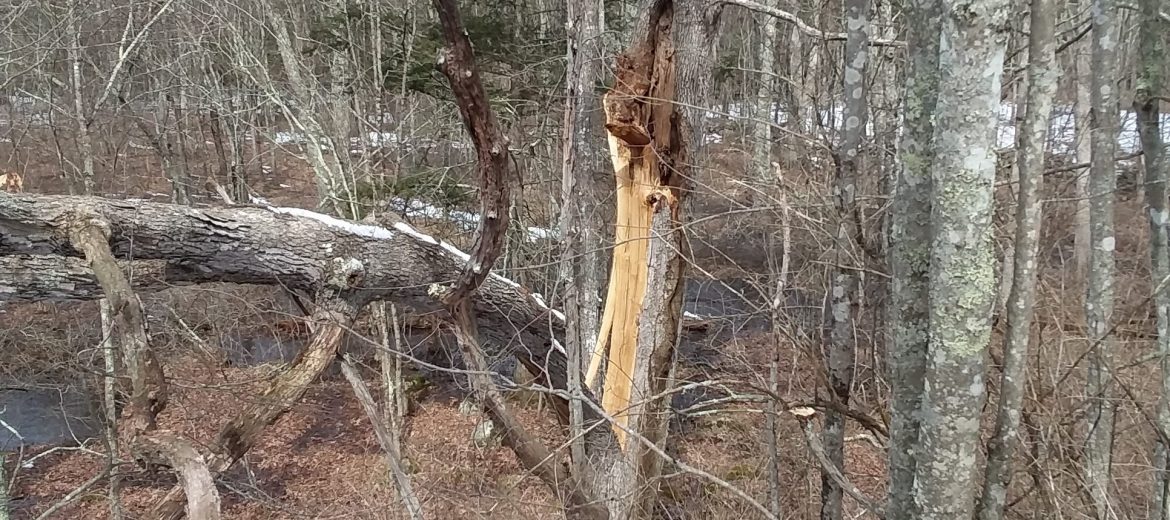
Professional Landscaping For Your Yard After Winter
Naturescape, LLC offers professional landscaping for your yard after winter
One of my favorite things to do in the spring is to clean up properties after a rough winter season. We have certainly seen some rough weather conditions.
Winter can drag on so long and getting out in the fresh air, cleaning up broken branches and trimming trees gives us a sense of satisfaction. Transforming a storm trodden property to a fresh and clean one ready for summer gives you that sense of purpose. Like saying at each place, “Yes, we’ve gotten this property off to a happy start.”
Another thing I enjoy is seeing our customers and bringing a smile to their faces. Often times, people are sad and want something to look forward to. I love being the one to remind them that happy days are coming. Yes, spring is in the air and the weather will soon be nice outside.
Seeing all the broken branches should remind you that its best to remember to prune your trees on a regular basis. Young trees can develop bad habits that can take many years to manifest. From choosing a tree in the nursery and caring for it as it grows are all important aspects of its life.
Trees live anywhere from 50 years to 5000 years so you want to protect your investment and make sure you’ve made the right choice. I once went to a nursery to pick up some trees a customer had picked out. He chose two trees that were going to cost him over $1000 in 2004!
Rather than just pick them up like a dutiful soldier I inspected them to make sure he was making a wise investment. Thank goodness I did. Two of the main branches were so close together his magnolia would surely have been one of the ones who split down the middle 15 years later in one of these storms.
When pruning your trees make sure you have the proper tool for the job. Don’t use a chainsaw if the branch is only two inches in diameter. Likewise, use a handsaw if the cut your making is too big for your pruners. Make sure your saws, pruners, and loppers are clean and sharp. Remove broken branches down to the main branch. Prune out limbs that cross each other and do not grow outward. Branches that grow too close together at the trunk should be thinned out allowing the stronger branch to survive. Disinfect your tools after cutting into diseased wood. Make a cut on the bottom part of the branch first so it doesn’t tear off into the main trunk. And most of all, be safe. Don’t stand under the branch you are cutting!
As always, here at Naturescape, we welcome your comments, questions, and concerns. Please call us today (860) 742-0326 for professional landscaping for your yard after winter. Visit us on Facebook, Instagram, and LinkedIn.
